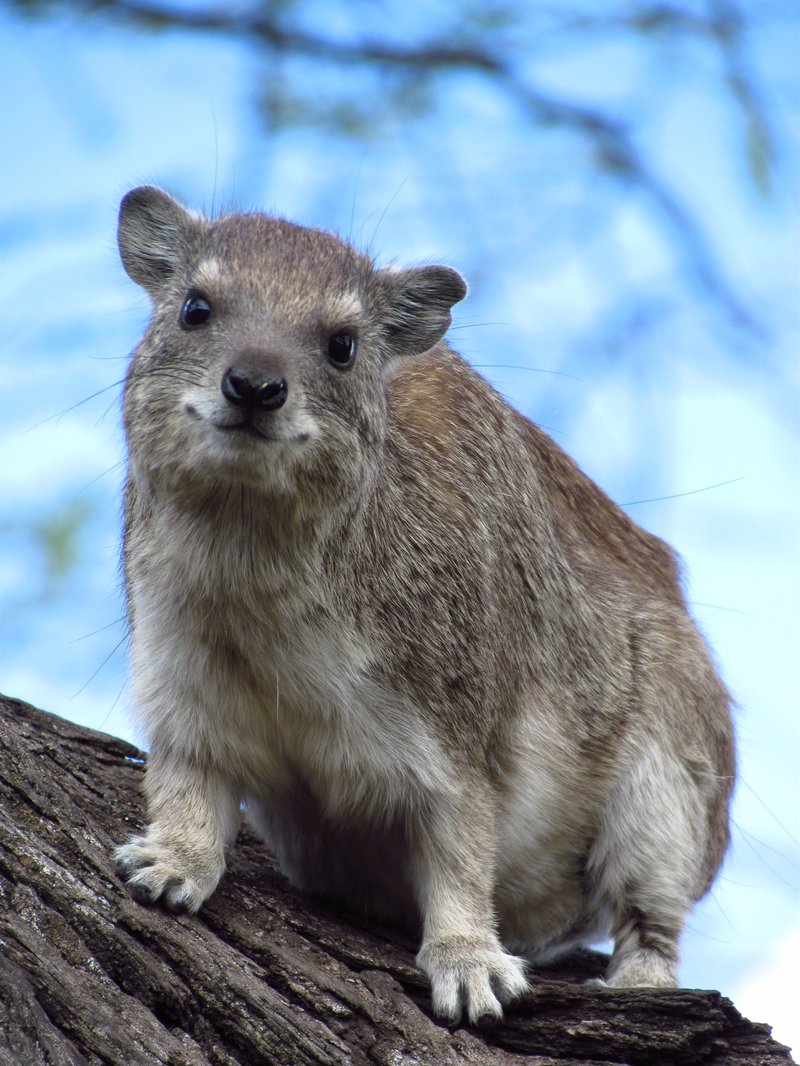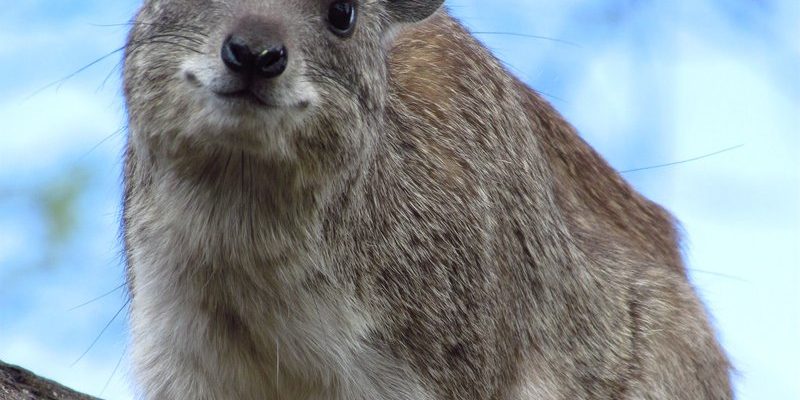
So, what should you do if you spot a rock hyrax while out exploring? Here’s the thing: they’re generally harmless but can be quite shy. Just like your friend who hides when they see someone they know from across the street, rock hyraxes prefer to keep a low profile. Knowing how to react can not only enhance your experience but also ensure the little critter remains safe and sound. Let’s dive into some practical tips and insights on how to handle such an encounter.
Understanding Rock Hyrax Behavior
Rock hyraxes are social animals that live in colonies. You might see them lounging together on rocky outcrops, where they feel safe from predators. Their communal lifestyle helps them stay alert. When one hyrax senses danger, it emits a high-pitched call that sends the rest of the group scurrying for cover.
Now, you might wonder why they choose to live in rocky areas. Think of these outcrops as their version of a favorite café—perfect for sunbathing and socializing but also providing good visibility against potential threats. If you spot a rock hyrax in the wild, you’re likely witnessing a snapshot of their daily life—resting, grooming, or even playing a bit.
Another interesting tidbit: did you know that rock hyraxes have a unique social behavior? They groom each other, which is a bonding activity that helps maintain strong social ties within their colonies. This can be a heartwarming scene to observe, and it’s all part of their charm!
What To Do When You Spot One
First things first: remain calm. Rock hyraxes can sense human emotions, and sudden movements may frighten them away. If you spot one at a distance, consider yourself lucky! Take a moment to enjoy the view, and observe its behaviors without getting too close. Use binoculars if you have them—it’s like having front-row seats to a wildlife documentary.
If the hyrax is close enough to photograph, make sure you’re quiet and steady. Sudden noises or motions can scare them off. Here’s a tip: adjust your camera settings before you approach, so you can capture the moment without fumbling around. Patience is key!
Remember, giving the hyrax space is crucial. If it feels threatened, it may run away or hide. It’s essential to respect their boundaries. Getting too close can disrupt their natural behaviors, and we don’t want to stress out these adorable little creatures.
How To Safely Observe Hyraxes
When you’re observing rock hyraxes, think of yourself as a considerate guest at a party. You wouldn’t barge in and make a scene, right? Instead, approach slowly and quietly. Here’s how to do it:
- Stay quiet: Low noise levels help hyraxes feel safe.
- Keep your distance: Use a zoom lens if you want to take pictures.
- Avoid feeding them: While they may look cute begging for snacks, feeding wildlife can disrupt their natural behaviors and diet.
Additionally, try to blend into your surroundings. Wearing neutral-colored clothing can help you not stick out like a sore thumb. If you’re hiking in nature, camouflage can go a long way in making the experience enjoyable for both you and the hyrax.
Potential Risks and Safety Measures
While rock hyraxes are generally harmless, it’s wise to be aware of potential risks. They can carry diseases, such as rabies, so it’s best not to approach them closely or attempt to touch them. Always maintain a safe distance.
In the unlikely event of an injured or distressed hyrax, it’s best to contact local wildlife authorities rather than trying to handle the situation yourself. They’ll know how to assist without causing further stress for the animal.
Also, be aware of your surroundings! Rock hyraxes are often preyed upon by larger animals like eagles and snakes. If you notice one acting unusually nervous or on edge, there might be a predator lurking nearby—so keep your wits about you.
The Importance of Preservation and Respect
There’s no denying how delightful it is to observe wildlife in their natural habitats. Rock hyraxes, like all animals, play a role in their ecosystem. They contribute to the biodiversity of their environments, so respecting their space is vital.
Practicing responsible wildlife observation helps ensure that future generations can enjoy these charming animals. Avoid littering, stay on marked trails, and always follow local guidelines for wildlife encounters.
You might be thinking: how can I make a real difference? Simply being mindful during your hike can go a long way. Encourage others to do the same!
Final Thoughts on Your Encounter
Encountering a rock hyrax in the wild can be a memorable experience. You get to witness a little piece of nature that most people don’t get to see up close. Just remember to stay calm, observe respectfully, and appreciate their presence without disrupting their lives.
Whether you’re hiking, visiting a national park, or just exploring, treat these creatures with the respect they’d like from you. By following these tips, you can ensure a safe and enjoyable experience for both you and the rock hyrax. Happy exploring, and may your wildlife encounters be filled with wonder!

